Your roof is the main line of defense for keeping the elements out of your home. Keeping it clean can not only help keep your home looking its best, but help prolong its life as well, and the longer you can keep a large expense like replacing a roof at bay, the better. You may notice black, streaky looking areas on your roof, especially on sides that are normally shaded like the north or west sides. These black streaks look like mold, but are actually algae that form on your shingles and trap moisture against your roof.
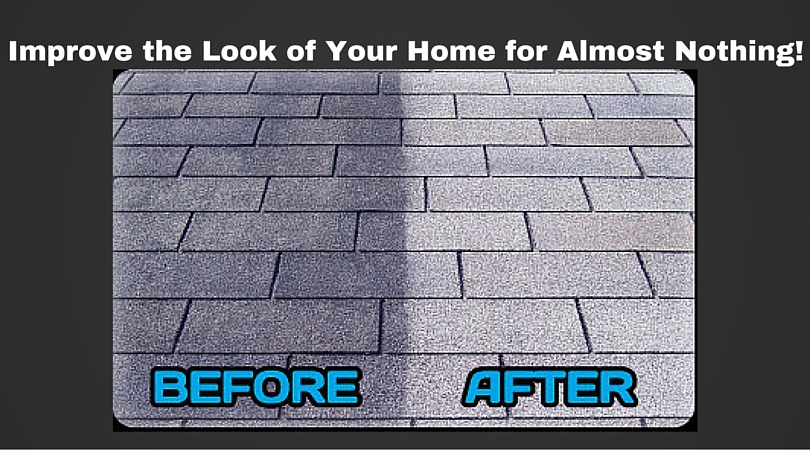
Many shingles carry a ’10-year algae warranty’, because shingles are treated with algaecide that fights off the algae for those first 10 years. Once that wears off however, your roof is exposed to the assault of algae colonies that can form. Algae may seem like a relatively harmless, if not unsightly problem, but it poses more of a threat than you may think.
Algae makes its home on top of your shingles, and eats away at the limestone coating that stores moisture, then beyond that it digs into the asphalt on the shingles, dislodging the granules that reflect light off of your roof, which marks the beginning of the downward spiral for your roof.
Choosing the Chemical for the Job
A common chemical used to clean roofs is regular household chlorine bleach coupled with the use of a power washer because of how cheap and readily available it is. We do not recommend the use of chlorine bleach for cleaning your roof for many reasons.Chlorine is a corrosive chemical that can cause damage to the metal components of your roof such as the flashings, gutters, and downspouts. Being corrosive, bleach also can discolor anything that gets overspray on it, like soffits or fascia boards. Outside of its dangerous side effects, bleach is a subpar chemical for removing algae. It kills and removes the top layer of algae, but leaves any underlying layers unharmed and ready to back to work making your roof look dirty.
A power washer, even on its lowest setting, is not advisable for use on a roof. A power washer can dislodge the light reflecting granules on your shingles (a problem that algae causes, that we’re trying to fix), shortening the life of your roof.
For these reasons, we recommend use of a noncorrosive, gentle, environmentally safe cleaner for your roof to avoid any collateral damage; there are endless choices on the market for a product like this.
Cleaning the Roof
Begin by mixing your cleaning solution. Mix the product of choice at a 1:7 dilution ratio, and pour it into a pump-up garden sprayer, and hoist it along with yourself onto the roof.A tip to help the cleaning solution work its best is to rinse the roof with water before you spray, this helps cool the roof down and prevent the cleaning solution from evaporating and drying onto the roof.
Spray the cleaning solution on the roof, beginning at the edge near the gutter and working your way up to the peak. Apply enough solution so that there is a small amount of runoff, and allow to sit for 20 or so minutes.
After the solution has had time to sit, you can rinse the roof with a garden hose sprayer. Take your time and ensure that you hit all of the roof with the water evenly, otherwise you’ll end up with a roof that has clean streaks and black streaks intertwined.
Subscribe to Batterbee Roofing's Blog



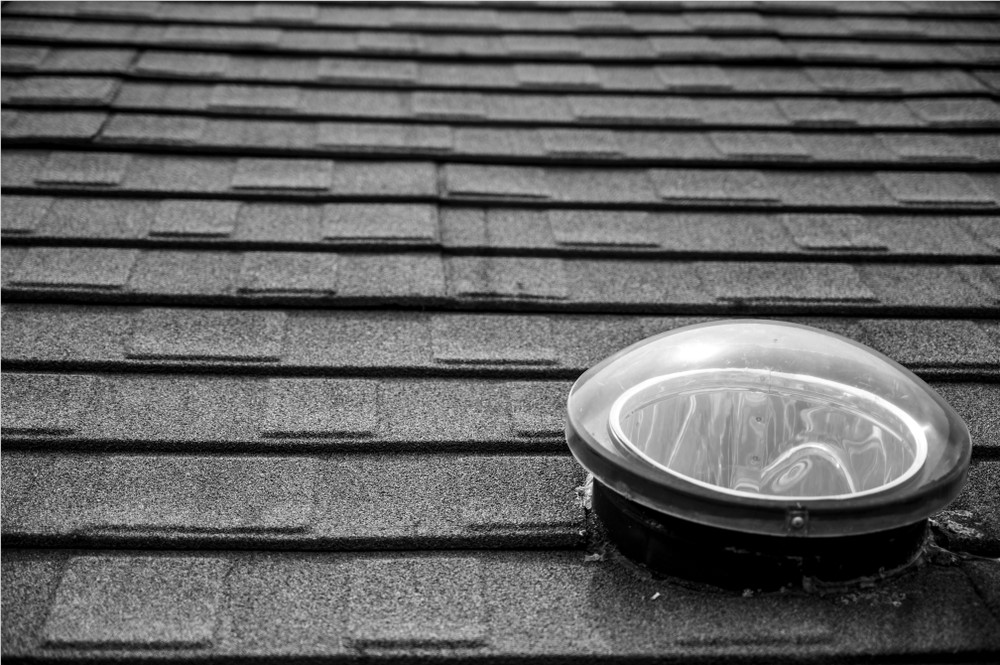
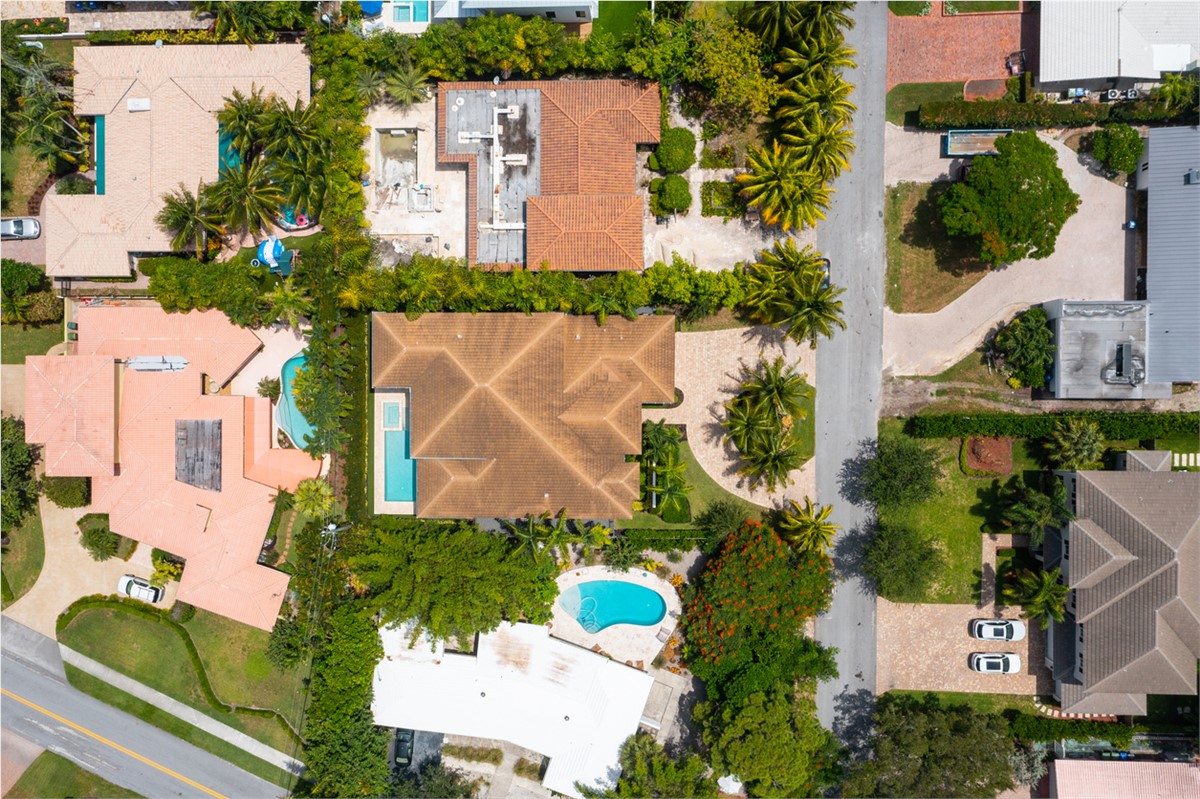
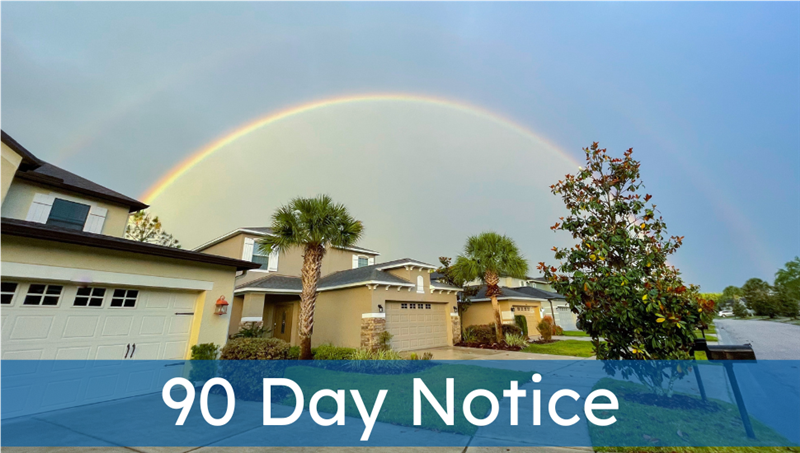
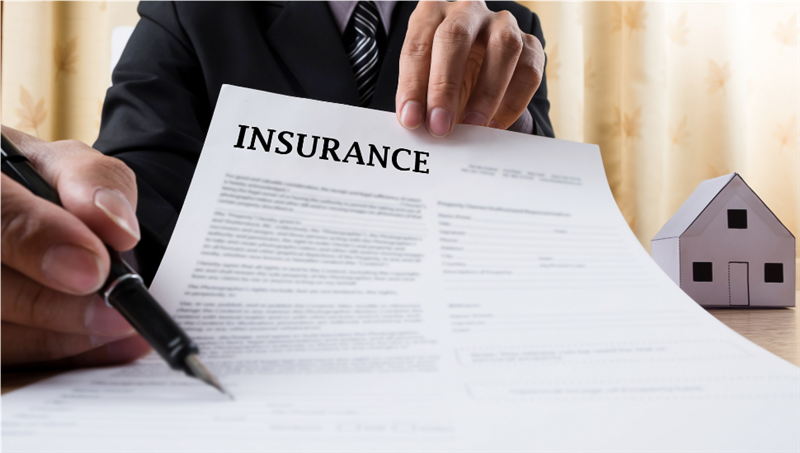
Comments